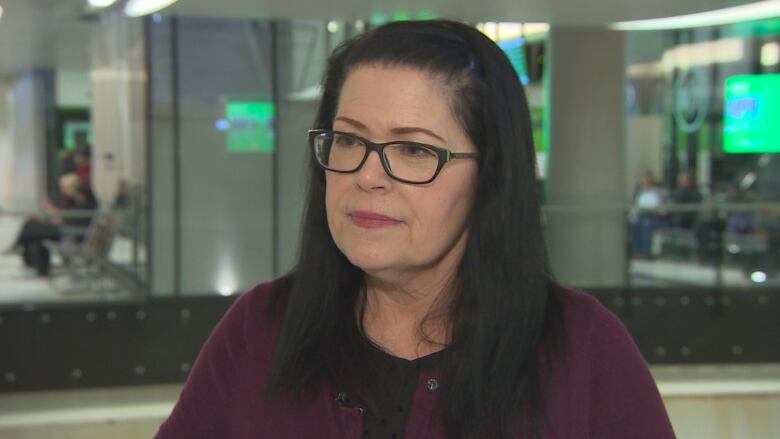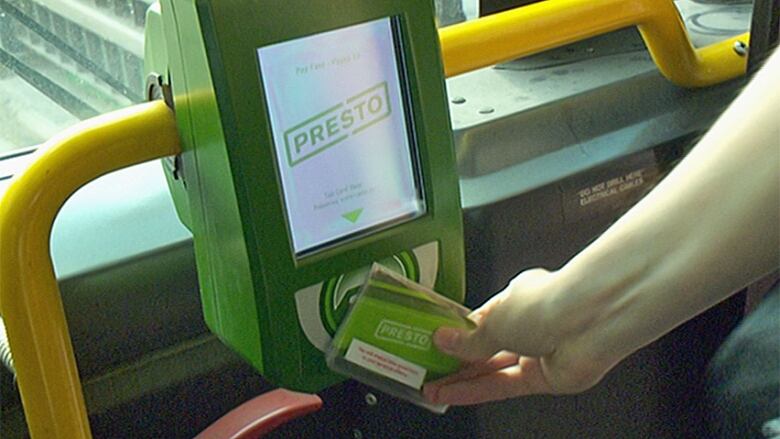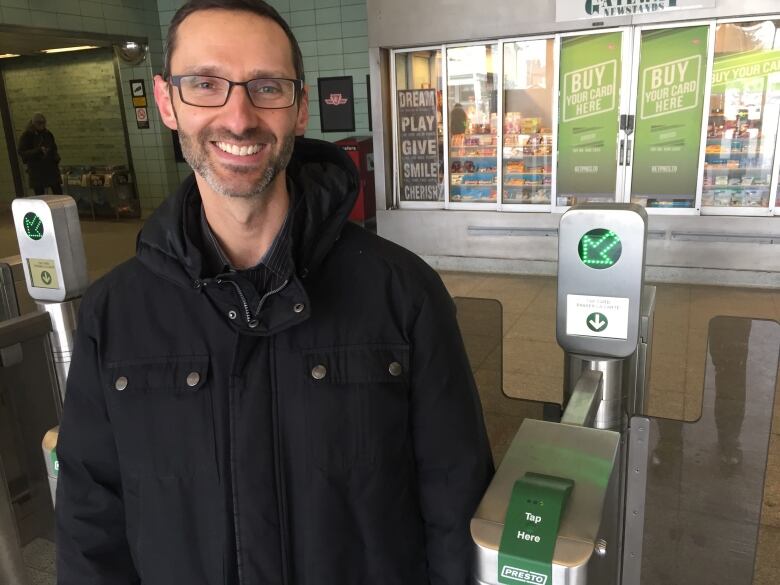Metrolinx to consider transit fares based on distance travelled
Fare-by-distance only 1 of several ideas to integrate fares across the region

Metrolinx, long on the hunt for a way to create an integrated fare structure for all of the transit systems in the Greater Toronto area and Hamilton, has begun studying the idea of charging people based on how far they ride, whether on GO train, subway, bus or streetcar.
"Fare-by-distance is a model frequently used around the world, successfully," said Anne Marie Aikins, spokesperson for Metrolinx.
- New regional transit fare system should charge by distance, Mayor John Tory says
- Metrolinx weighing options on streamlining GTHA transit services
"We have no desire to increase people's commuting costs. What we want to do is make it more seamless for them."

The provincial agency was issued a mandate by the minister of transportation to create an "integrated travel experience in the GTHA." On Friday, the fare-by-distance model will be discussed at a Metrolinx board meeting. That will add to three existing ideas for fare integration:
- Modify the existing fare system to address problems like905 riders who are forced to pay twice when transferring between transit systems.
- Create a new zone-based system. The more zones a commuter crosses, the higher the fare.
- A new hybrid system with aflat fare for local travelanda fare-by-distance system for rapid transit and regional travel.
Fare-by-distance came out of public consultation
Aikins said that a model of pure fare-by-distance emerged as an idea following a lengthy public consultation process that took place over the past year.
"A lot of people who live in the GTHA weren't born here, and they grew up in other cities around the world that use this same model, or they use GO which uses this same model. And it has worked for them, so a lot of people have brought it up," she said.
It was also a favourite of Mayor John Tory, who voiced his approval for the model in late June.
Though four ideas are now being looked at, Aikins told CBC Toronto that Metrolinx is still a long way off from picking a preferredfare model and pitching it to the province.
"No one is favoured. We still have work to do," she said.
Metrolinx was expected to make a recommendation this past fall, but Aikins said the delay is the result of the need for more research.
"That's what a good study period should determine if further study needs to be done," she said.
Many details of a fare-by-distance model still have to be filled in, including how much it would cost commuters.
Rider advocacy organization concerned

"The idea of getting rid of co-fares [people being charged twice as they move across transit systems]is a good one, we are supportive of that," she said. "What we don't want is for riders to have to pay more to get rid of an unfair border tax."
Bell is concerned that a fare-by-distance system would hurt low-income commuters who live far away from the core and travel long distances every day.
"What we need is more funding from all levels of government so we can have better service and lower fares for everyone across the city," she said.
An argument for fare-by-distance
But Matti Siemiatycki, who teaches geography and planning at the University of Toronto, thinks fare-by-distance pricing has benefits.
"This makes intuitive sense because obviously it costs more to go farther," he said. "There's more fuel that's required, more wear and tear on the vehicle."

Siemiatycki acknowledges this payment structure could unfairly punish poor Torontonians living on the outskirts of the city.
"We can address issues of social inclusion with things like a low-income transit fare pass, which has been debated and discussed," he said. "That might be a way to balance out some of the fare-by-distance negative implications with another part of the policy that could weigh that out."
International jurisdictions like the Netherlands and Hong Kong already charge transit fares based on distance, but Siemiatycki said Toronto's system can't just replicate them. He applauds Metrolinx for taking the time to do extensive research and public consultation.
"We have a limited rapid transit network certainly in the subway system compared to many of our counterparts in the very large urban areas, and so there are going to be differences."
The fare-by-distance model will be formally introduced to the Metrolinx board at a meeting on Friday.
With files from Chris Glover












_(720p).jpg)


 OFFICIAL HD MUSIC VIDEO.jpg)
.jpg)



























































































